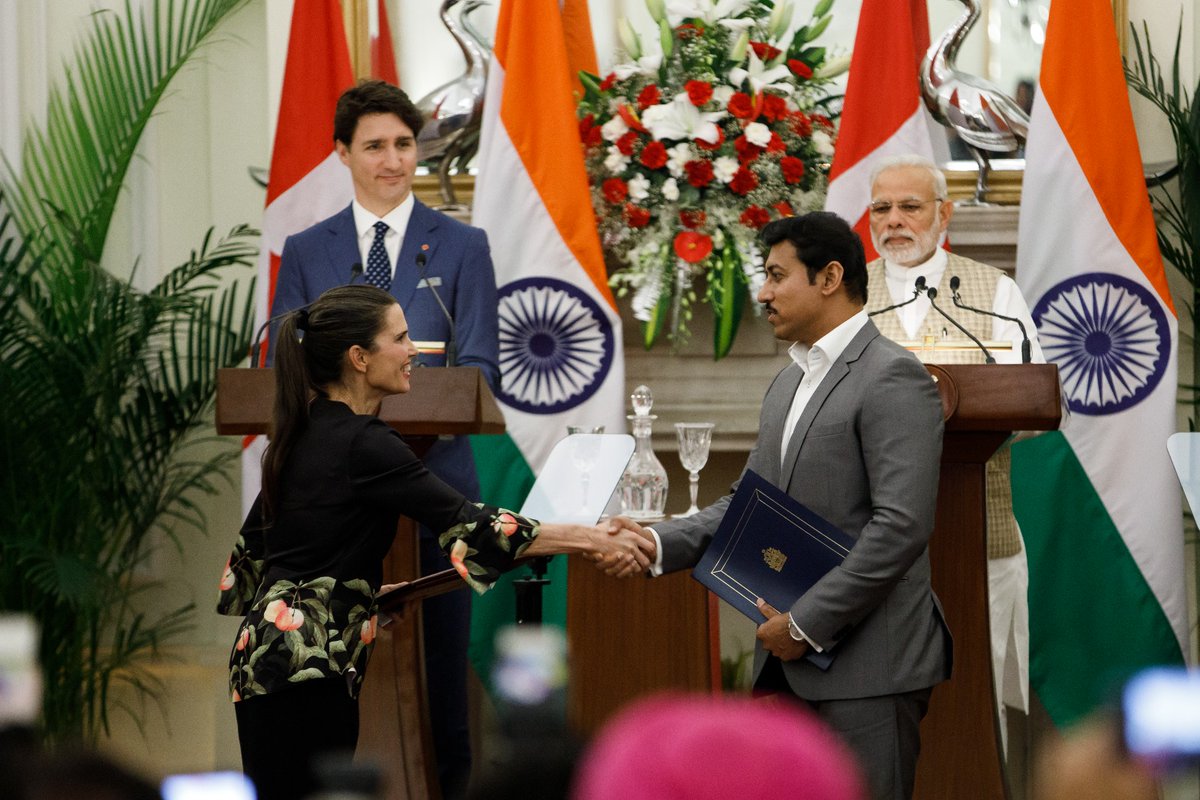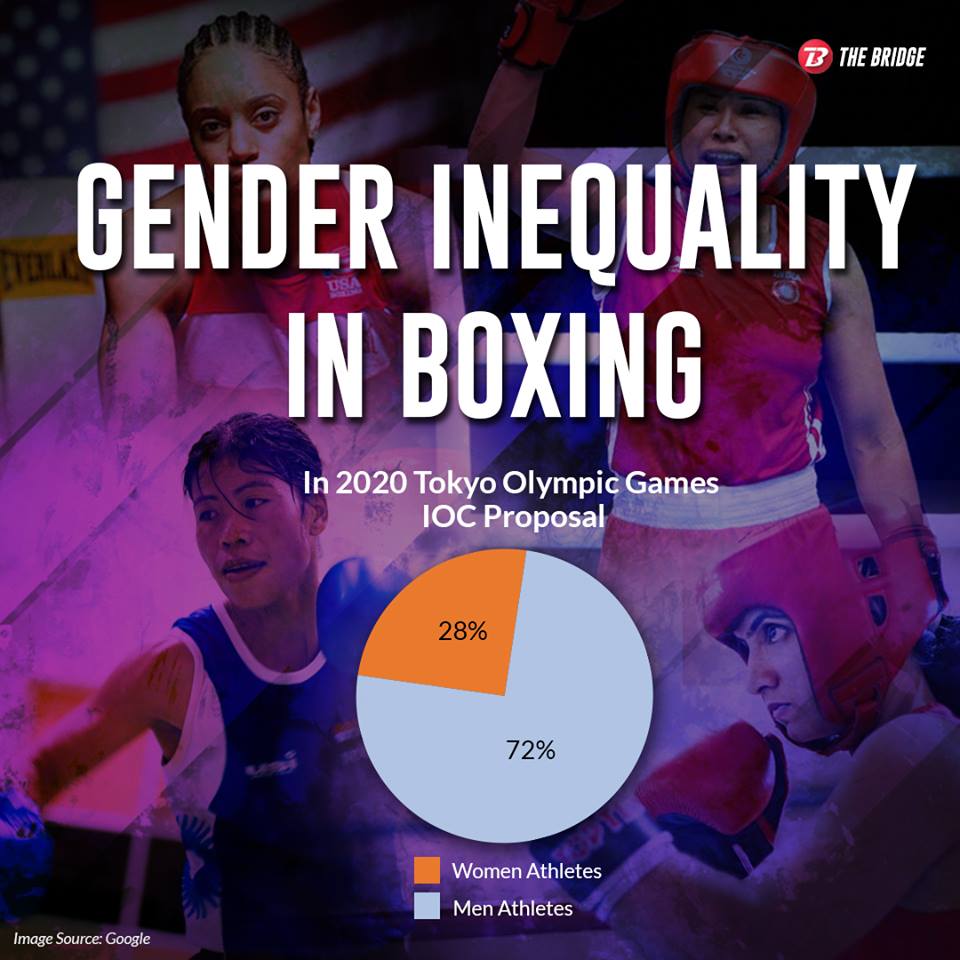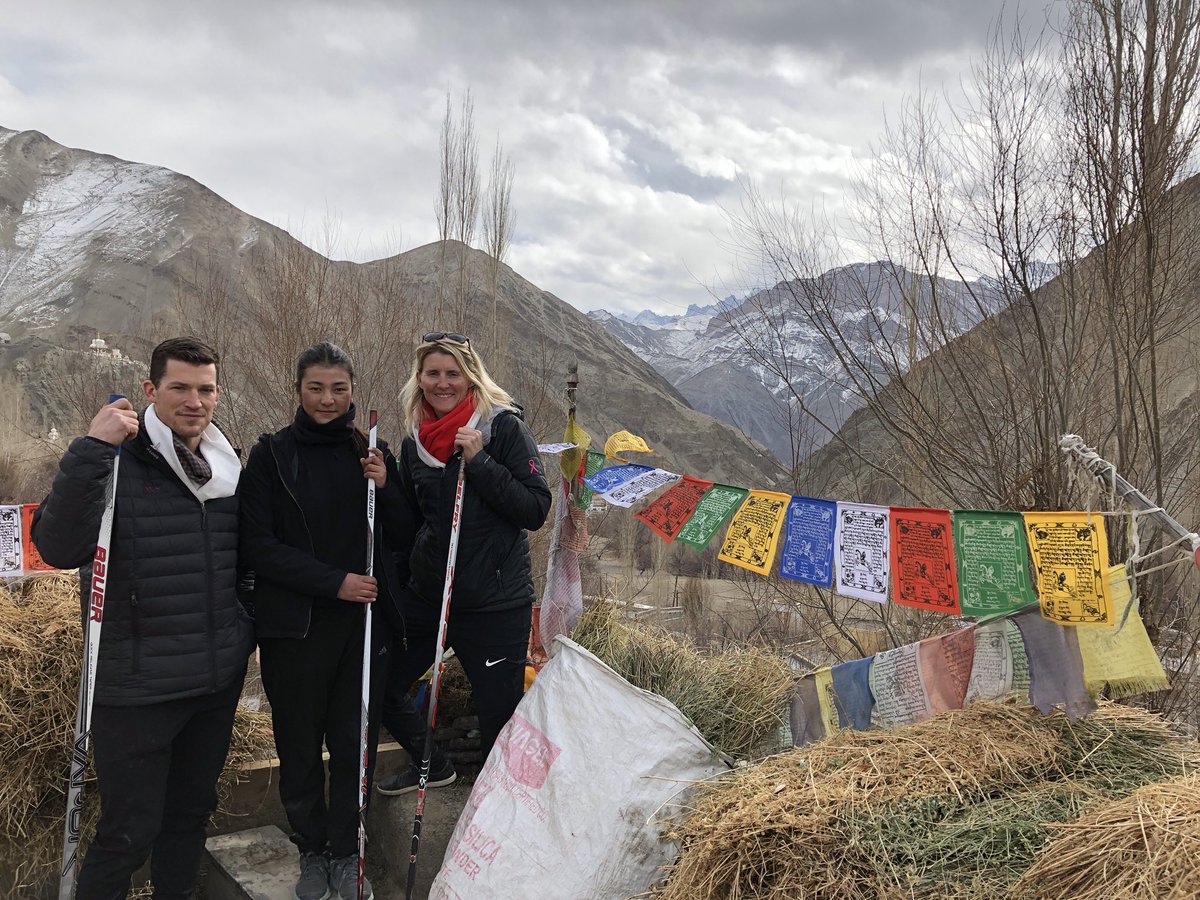Featured
India can take a lesson in women's sport development from Canada

For far too long, women in sport have not received the support needed. There’s a lack of representation in leadership, coaching and other roles, plus it seems female organizations receive less recognition in many facets.
Gender inequality is a huge issue, and now, the Canadian government is moving to change that after an announcement of the creation of a group to work on this, which coincides with the February Budget 2018 announcement of funding across three years to support women in sport.
At the end of April, Kirsty Duncan, Minister of Science and Minister of Sport and Persons with Disabilities, announced a Working Group on Gender Equity in Sport to address the lack of equity.
The goal is to achieve equality in sport by 2035 at all levels, and that comes with $30-million in funding across the next three years, which was revealed at the last federal budget.
Experts on board
The previously-mentioned working group features Guylaine Demers (Chair), Chelsey Gotell, John Herdman; Waneek Horn-Miller, Bruce Kidd, Lorraine Lafrenière, Nancy Lee, Karin Lofstrom, Allison Sandmeyer-Graves, Carolyn Trono, Adam van Koeverden and Hayley Wickenheiser.
https://twitter.com/KirstyDuncanMP/status/1000101485336768512This group will work to fix issues like girls dropping out of sport, lack of female leadership in organizations, as well as sexual harassment. According to Duncan, the 12 members are all volunteering their time and will not receive any compensation for their work.
These people all come from a variety of sports and have different expertises. Wickenheiser is one of the best female hockey players of all time and a household name across Canada. van Koeverden was a Canadian Olympian icon in kayaking. Herdman, although English, is the head coach of the Canada Men’s National Soccer Team after running the female squad for six years. Gotell is a former Paralympian swimmer. The others include a CBC staffer, university professor, First Nations leader and nonprofit director, among others.
According to the April 24 media release, a report was released in 2016 by the Dairy Farmers of Canada and the Canadian Association for the Advancement of Women in Sport and Physical Activity (CAAWS) and it had significant findings in sports for girls.
- Majority of Canadian women not getting the benefit of sport;
- 41 per cent of girls aged 3–17 do not participate in sport while 84 per cent of adult women do not;
- 24 per cent of athletic directors and 17 per cent of all head coaching spots in postsecondary sports, specifically U Sports are held by women;
- 38 per cent of senior staff and 29 per cent of board members at national and multi-sport organizations are female.
This new group, with its diverse experience and learnings, should be very impactful on the sport world for females moving forward. While it will not be something accomplished overnight or even within the year, it can only get better.
The Obstacles
Perhaps, a stark wage gap when it comes to earnings by male and female athletes throughout the world are a major obstacle which needs to be tackled while talking about uplifting women's sports around the world. The argument given in most cases is that male athletes generate more revenue which lead to greater rewards. But isn't this indicative of the much more deep seated problem of sexism? In a conservative country in India, the battle of being a female sportsperson is a long an arduous task. Not only does one need to battle the system but there is the added task of constantly proving yourself to be of the same level of excellence as a male athlete. Moreover, the fact that there is no specific scheme listed under the Ministry of Youth Affairs and Sports as being solely for the development of Women's sports in India cannot be discounted as a major backward factor in Indian sports. Participation in sports by Indian female athletes has certainly increased but teams still continue to be treated by added apathy as was evident in the fortunes meted out to the country's women's hockey team recently. Both medalists from India at the Rio Olympics were women and, it must be added, they rode on the back of some pretty shambolic performances by the rest of the squad to provide the audience watching back home with some semblance of pride. Despite this, why is nothing being done to carry women's sports forward?
Moreover, the fact that there is no specific scheme listed under the Ministry of Youth Affairs and Sports as being solely for the development of Women's sports in India cannot be discounted as a major backward factor in Indian sports. Participation in sports by Indian female athletes has certainly increased but teams still continue to be treated by added apathy as was evident in the fortunes meted out to the country's women's hockey team recently. Both medalists from India at the Rio Olympics were women and, it must be added, they rode on the back of some pretty shambolic performances by the rest of the squad to provide the audience watching back home with some semblance of pride. Despite this, why is nothing being done to carry women's sports forward? Adult level
One of the most imbalanced stats that stood out is the fact that more than 80 per cent of adult women do not participate in sport.
In Canada, it appears to be very common for men to play in some sort of league, be that hockey, slo-pitch (softball) or recreational activities like golf. But it’s just not the same for women.
Intramural sport numbers at universities and colleges across Canada also reflect this, being male dominated and team numbers often requiring a minimum number of girls to play, anywhere from 10 to 25 per cent of the team.
With fewer girls in sport at a young age, and more leaving before they turn to adults, it’s unlikely they’d stick with sports or try to pick up something new in the future.
There are more opportunities for men because it’s proven to work. However, with development of female-only leagues, more relaxed co-ed groups and try-sport opportunities, the options are getting brighter.
Competing with the world
Exploring what this means at the competitive level, especially international events, it could be huge in propelling Canada into a powerhouse sporting nation, past the levels they are already at.
During the 2018 Pyeongchang Winter Olympics, Team Canada had 225 athletes, 103 who were women, making up 46 per cent. According to an article on Macleans.ca, Winter Olympic numbers for Canada normally feature teams with above 40 per cent women, but that number has not been growing recently.
In the summer Games in Rio in 2014, Canada had approximately 60 per cent of their team comprised of female, a number that has been on the rise for two decades now.
 Moved by the tale of the girls Ice Hockey team in Ladakh, India, Hayley Wickenheiser traveled to the region to help out.
Moved by the tale of the girls Ice Hockey team in Ladakh, India, Hayley Wickenheiser traveled to the region to help out. With this effort to better support young female athletes, plus develop coaches and other leadership positions, this should not only increase numbers in sports, but also the retention of athletes. It’s impossible to say if any young girls that quit sport could have been stars on the world sport stage, but keeping them involved in sport will be important.
Of course, this decision goes beyond the competitive, elite-level athletes, but it is something to consider and surely will be discussed by the work group.
Another impact this decision could have is on pay inequality between genders. Not specifically at the professional levels (yet), but in coaching and leadership positions, this is something that needs to be addressed and as more women assume these positions, they deserve and earn the right to be paid the same amount as their male counterparts.
What to Expect
From my perspective, I believe this will have an enormous impact on sport for females. This task-force working on the issue is talented, have varying opinions, and all look to be very committed to the project.
Education around sport will be something essential to not only increase numbers, but also the retention of athletes. Getting more female coaches is also something I think is essential, which should in turn lead to more women in leadership positions, especially Board of Directors for sport associations.
Living in Calgary, there are some great initiatives I have seen focusing on females and sports. The Calgary Stampeders (American Football) and Calgary Roughnecks (Lacrosse) hold women’s only evenings for a chance to not only learn the sport better as a fan, but also play and discover their love for it.
All Sport One Day is hosted by Sport Calgary and has more than 70 activities for kids across the city to try and figure out where their passions lie. It’s free, supported by a bevy of organizations and something that other cities (and countries) should look to adopt. Meanwhile, they don’t forget about adults, holding All Sport One City as well, a similar event.
I’ve had the pleasure of betting involved in sports since I could walk and I’ve participated in more than a dozen. As an adult, I’ve moved away from some old ones and into new opportunities, like hockey – kind of odd for a Canadian to start the game the country is known for not until 21-years-old.
Payment for professional in sport is another argument that I won’t divulge much time into, but this is one that could take much more than 17 years to achieve.
I am thrilled to see how this progresses and what results. Canada could become a model for other countries to follow suit, and it’d be great to add another thing for Canadians to take major pride in.
